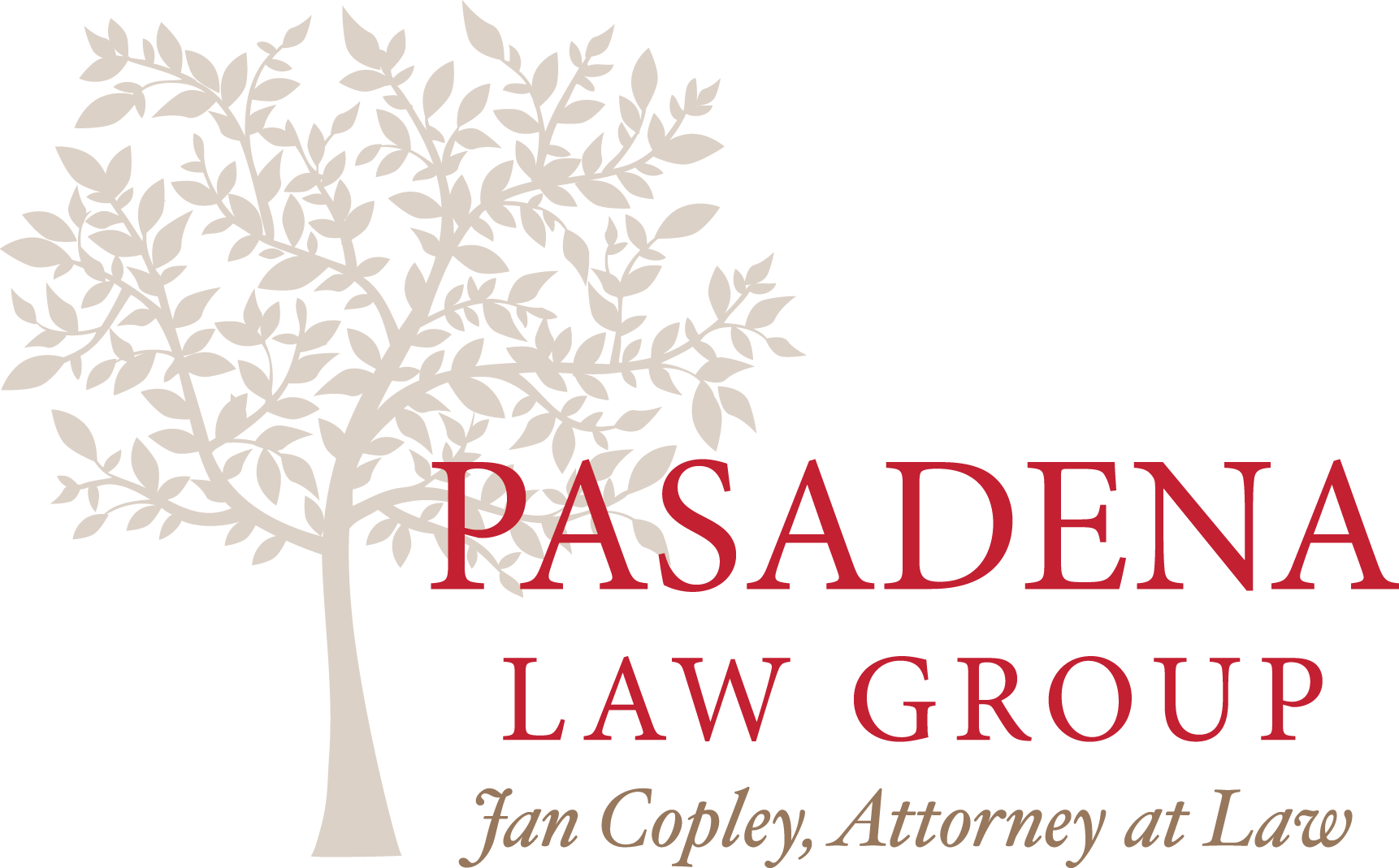A trust maker places his or her property into a revocable living trust so that probate for that property is not necessary when the trust maker passes away. Since a deceased person is not eligible to own property, probate otherwise becomes necessary to move assets that were in the decedent’s ownership and into the names of living beneficiaries.
A revocable living trust, however, is responsible for owning the assets that the grantor or trust maker put inside. This means that the assets inside the trust can be transferred to beneficiaries which settles the trust. This can be done without the involvement of the probate court. A successor trustee or a party who takes in when the initial trustee or trust maker passes away, is named in the trust documents to verify that this process is completed.
The management of the revocable living trust becomes the responsibility of the successor trustee when the grantor becomes incapacitated or passes away. Irrevocable trusts can stay active for a long period of time after the trust maker dies but the vast majority of revocable trusts will disburse assets and close out. This can take as long as 18 months depending on the complexity of the assets inside and whether or not the trust owns real estate which can take time to sell.
A couple of different factors will influence how quickly irrevocable and living trusts can be settled. These include where the successor trustee lives, the establishment of multiple successor trustees, the successor trustee stepping up and saying they do not want the job and the number of beneficiaries involved. For more information about this process, schedule a consultation with a trusted estate planning lawyer in Pasadena, CA.










